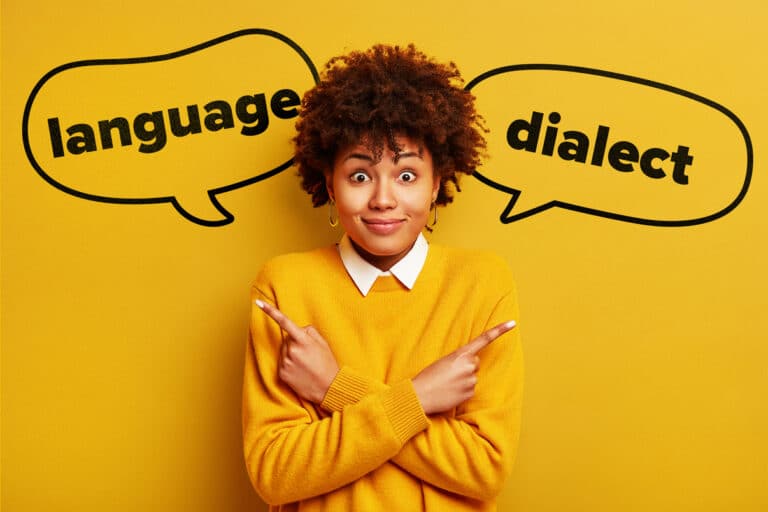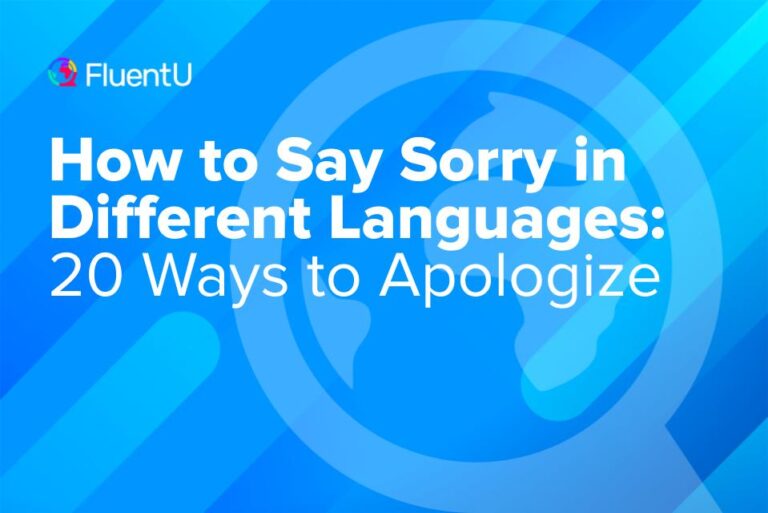
FluentU Language Learning
Spanish
English
French
Chinese
German
Japanese
Russian
Italian
Korean
Portuguese
English for Spanish Speakers
English for Japanese Speakers
English for Russian Speakers
English for Korean Speakers
English for Portuguese Speakers
English for Chinese Speakers
English for Italian Speakers
Educator
Spanish Educator
English Educator
French Educator
FluentU Company Updates
Reviews
Beginning Language Learning
Language Learning Resources
Language Learning Tips
Uncategorized
FluentU Language Learning
Beginning Language Learning
More articles

Language vs Dialect: What’s the Difference?
“A language is a dialect with an army and a navy.” — Linguist Max WeinreichOf course you know what…
How to Say Sorry in Different Languages: 20 Ways to Apologize
Let’s face it: We’ve all made mistakes and have been in a position where we need to offer an apology.…Language Learning Resources
More articles
Top 7 VR Language Learning Apps in 2024
Virtual reality (VR) is one of the most cutting-edge ways to learn a language. Be transported to another country, interact…
I Tried ChatGPT for Language Learning: Here Are 10 Strategies That Worked
The first time I sent a chat message to ChatGPT, I was intrigued. When I tried doing a voice call…
The 10 Best Flashcard Apps for Languages [Updated for 2024]
Flashcard apps are a language learner’s best friend, because they work. They’re designed for fast learning by presenting bites of…Language Learning Tips
More articles
How to Roll Your Rs in 3 Steps (with Exercises)
Do you need to learn to roll your Rs for a language you’re studying, but feel like the technique is…
Train Your Brain to Think in Another Language
We’ve all heard that thinking in a foreign language is a sign of real fluency. But I bet you haven’t…
How I Learned to Speak Three Languages
So you want to add a third language to your arsenal? In this post, I’m sharing seven strategies I used…Uncategorized
More articles


